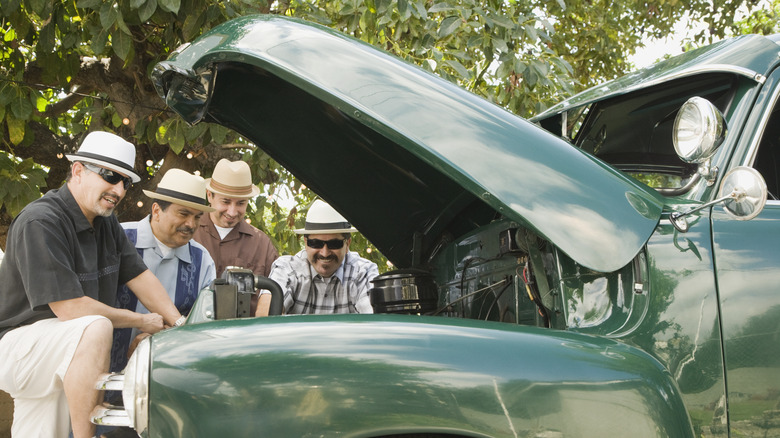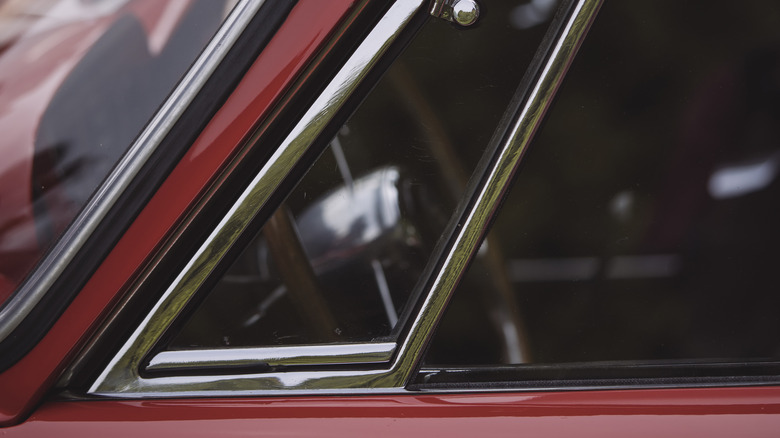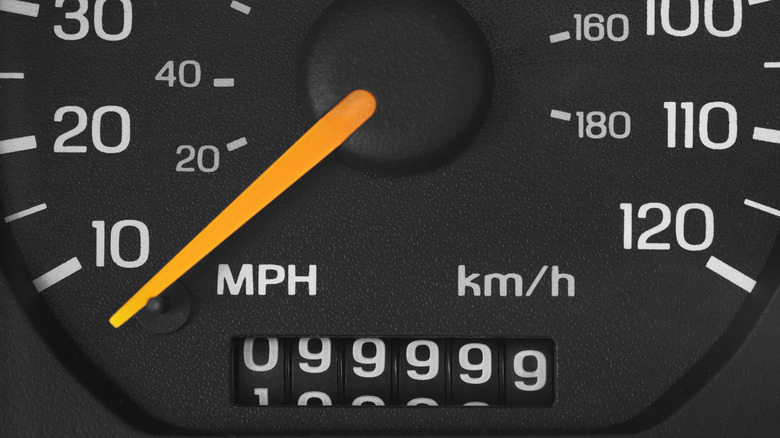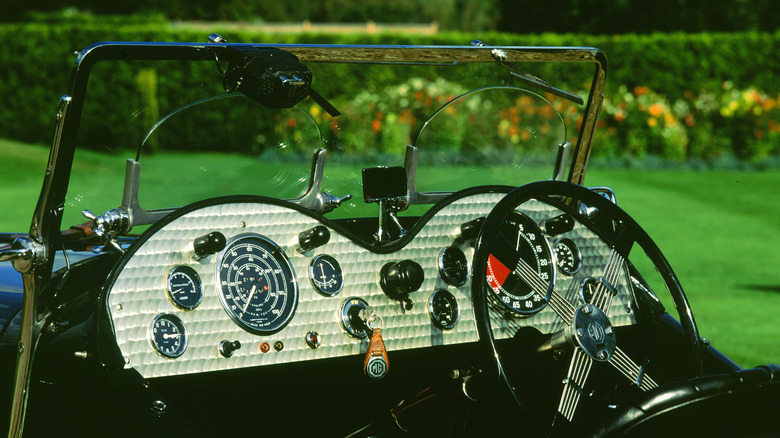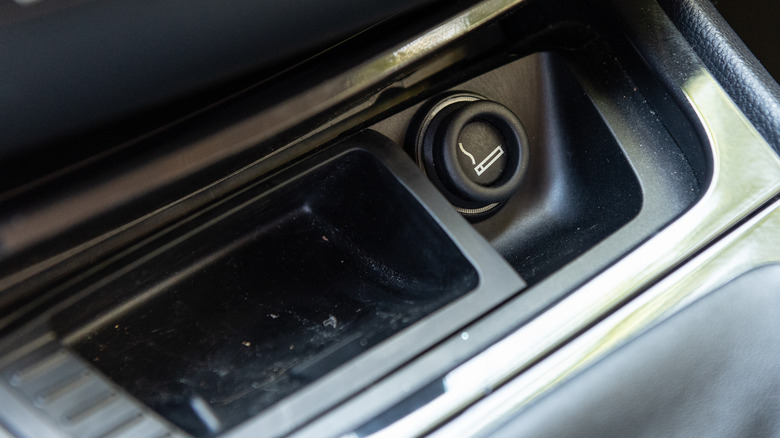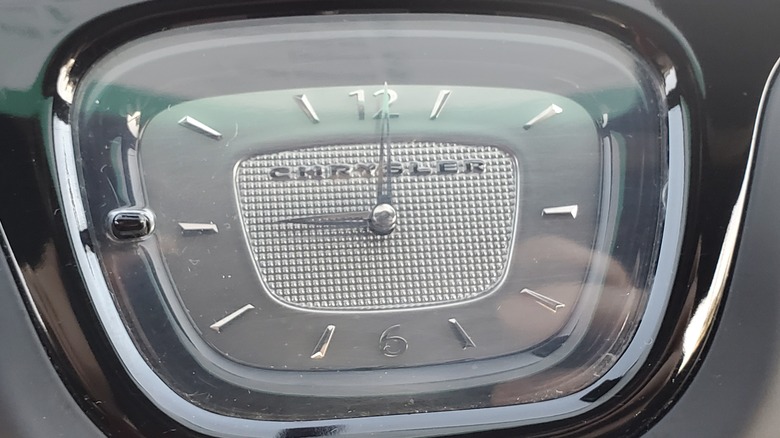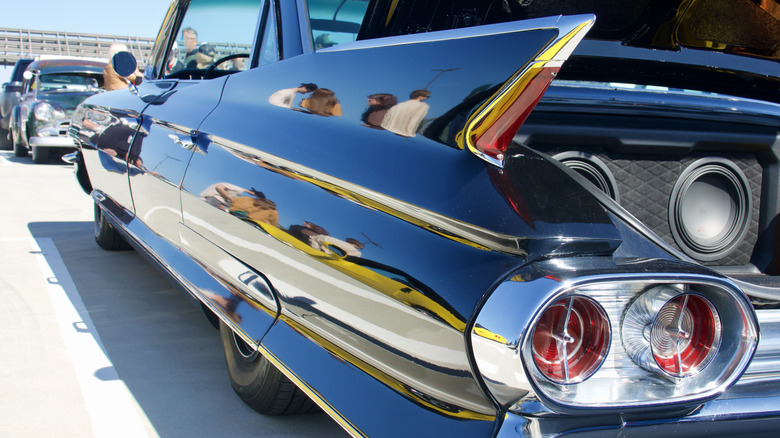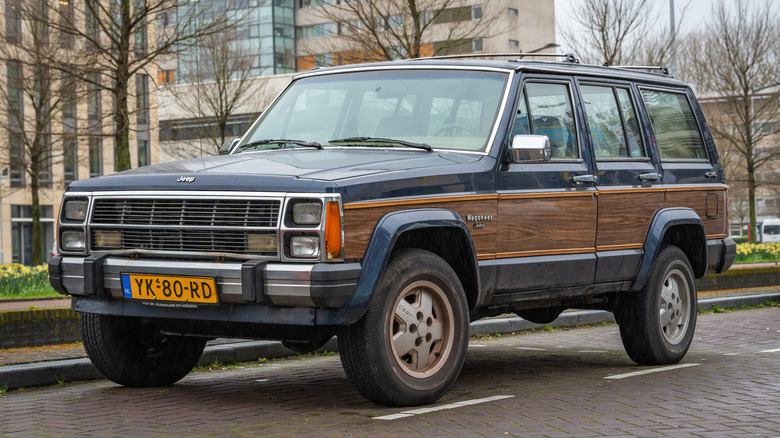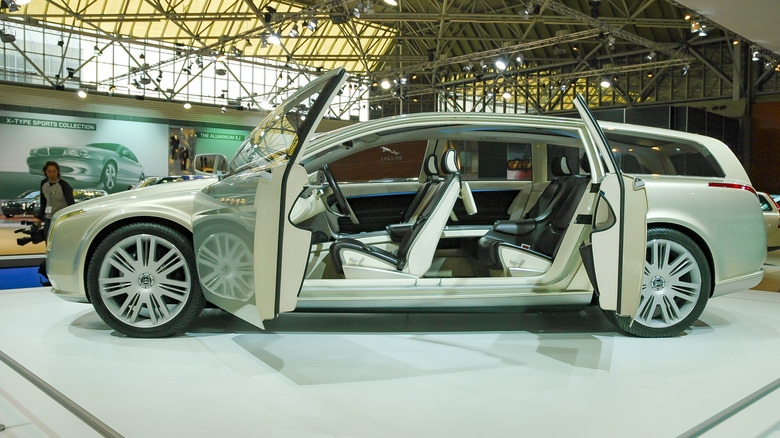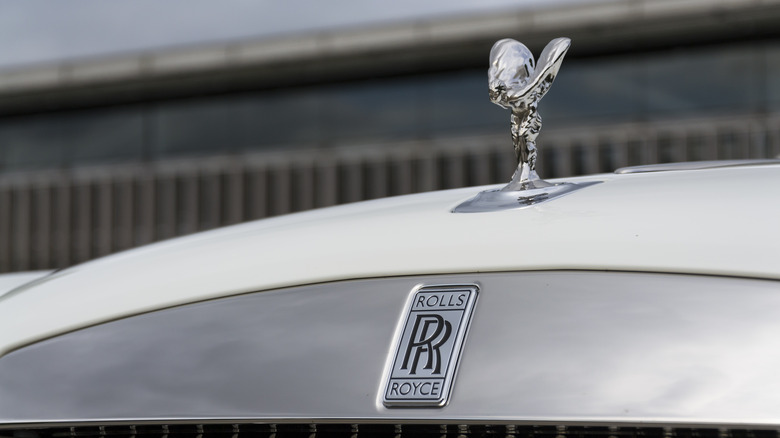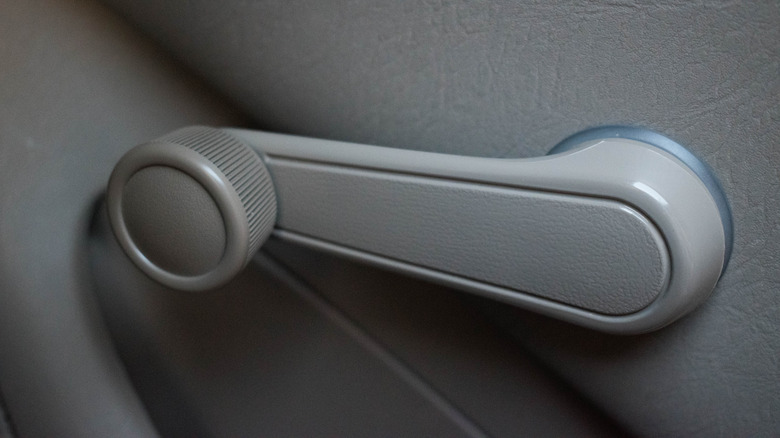10 Classic Car Features That Are Probably Gone Forever
Classic cars evoke a certain nostalgia and charm. From a time when simplicity and durability took a front seat, these machines were just built differently. From the tailfins to the feel of a manual window crank, features were meticulously crafted with purpose and longevity in mind. Unlike the planned obsolescence baked into every facet of our lives today, where products are designed with an expected lifespan, classic cars have a certain character and unique features that were made to last.
Many of these once-novel features have become rare or simply forgotten over time. Some have been completely phased out due to the relentless march of technological progress, as well as changing design tastes, economic considerations, and safety standards.
Let's take a ride back in time and look at 10 classic car features that are probably gone forever. Appreciating their design offers a look into how far automotive design has advanced and how it continues to evolve, leaving these once beloved classic car features of the past in its rear-view mirror.
Vent Windows
There's a special feeling of freedom being on the open road, windows down, wind blowing. It's like your car taking in a breath of fresh air or the equivalent of turning your AC on full blast. Feeling the wind rush through the car is a liberating experience. Back in the day, if you were driving and wanted finer control over how much air came in, you could get it using the natural air conditioning available through the clever design of vent windows, also known as "wing windows."
These were small triangular windows set on hinges that you'd simply rotate inward to catch the wind. These little guys were a practical and fun addition to older cars, giving drivers more control over how much airflow they wanted coming in.
This old-school AC was popular in the 1960s and 1970s, and it started disappearing around the 1980s. As AC became more popular, the vent window was phased out completely. It's just one of the many old car features you never see anymore.
Rolling Drum Odometers
Strolling the used car lot back in the day, you may have come across a rolling drum or mechanical odometer visible through a small window on the dashboard of an older vehicle. It was like a game to find cars with the highest mileage number.
These kinds of odometers had small wheels or drums with digits (zero to nine) printed on them. As the car moved, the wheels' rotation turned gears in the odometer, then sequentially turned the digits to show your total mileage. Witnessing the odometer roll over from 99,999 to 100,000 miles was a satisfying and momentous milestone worth celebrating.
However, these kinds of odometers were prone to error due to wear and tear. If the gears and drums were misaligned, they would show an incorrect mileage reading. Plus, you had to worry about the unethical practice of odometer fraud, where individuals could just roll back the numbers to make it appear like the vehicle had fewer miles. Not to mention, maintaining calibration required a special skill set.
All of these reasons, paired with the move to the more precise and reliable digital odometers common in modern cars now, phased out the classic rolling drum odometer. Even though they're gone, they still evoke nostalgia among classic car enthusiasts.
Metal Dashboards
When you think of classic cars, you may picture rugged straightforward designs... and metal, lots of metal. In the early days of automotive manufacturing, dashboards were made of steel or aluminum, which is almost unthinkable given all the safety regulations today.
These metal dashboards exuded a raw, industrial charm when compared to today's soft plastic, vinyl dashboards. On metal dashboards, you would find knobs and switches that controlled the lights, wipers, and ventilation. Analog gauges delivered a more tactile feel, letting one experience the essence of the car.
Automakers eventually shifted to softer materials, given that metal dashboards don't mix well with accidents. Who would've thought? Metal dashboards also absorb a lot of heat during the summer and turn icy in winter, so insulating became a priority in newer makes. Plus, dealing with vibrations and noise from the road and engine made for prioritizing comfort and quietness in modern cars. While metal dashboards in classic cars were common, safety, comfort, and technological advancements led to them being phased out.
Ashtrays and Lighters
Smoking was commonplace back in the day, even on airplanes. So it shouldn't be much of a surprise that ashtrays and lighters were as common as cupholders in classic cars, too. In the dashboard console, you could find a lighter plug that, if you pushed in, would heat up coils which could then be used to light the end of a cigarette. You would find ashtrays built into the dashboard, the back of the front seat, or the doors.
But in the early 90s, health organizations raised awareness about smoking and secondhand smoke, so laws and regulations restricted smoking in enclosed spaces, including cars. This led to automakers phasing out cigarette lighters and ashtrays.
Nowadays, instead of cigarette lighters, we've got 12V power outlets for charging devices. And instead of ashtrays, modern cars have cupholders, storage, and wireless charging pads for smartphones. For classic car enthusiasts who get into restoration, having these features is important to maintaining their authenticity, reflective of a time when smoking in the car was the norm. For everyone else, a pocket ashtray is probably a smoker's best bet.
Analog Clocks
With the move from the analog era to the digital era, it comes as no surprise that clocks were one of the first things to get a makeover. Analog clocks once added a touch of elegance and functionality to a car's dashboard, featuring hour and minute hands — remember those? These clocks could be anywhere on the dashboard, adding to their surprising classic charm and unique elegance.
But as technology advances, cars sporting futuristic dashboards are increasingly the norm, with digital displays, screens, and navigation systems that take over our center consoles and match sleek modern exterior designs. Some luxury car manufacturers still add analog clocks, but they're seen as statement pieces — high-end brands like Maserati, Lexus, and Mercedes usually feature them. Analog clocks on classic cars bring back memories of a bygone era. Maybe as trends change, we'll see a revival of this classic feature.
Tailfins
The tailfins on the backs of classic cars were bold and fascinating design elements, made popular during the space race in the 1950s and 60s. General Motors's Franklin Quick Hershey was the chief of GM's Special Car Design Studio and introduced small fins, seen on the 1948 Cadillac. There is an interesting history of how Cadillacs got their tailfins. In short, Hershey got inspiration from the twin rudders of the P-38 airplane.
As this feature grew in popularity, car manufacturers started incorporating larger tailfins. As the aviation industry moved to jet power, on the ground, cars took on designs that resembled the tailfins seen on jet fighters and space rockets, a symbol of progress and speed.
Tailfins weren't just for show, though. They provided functionality like enhanced stability, increased aerodynamics, and reduced need for steering correction when encountering crosswinds. Taillights were integrated into the fin design, which increased visibility. As tastes changed with time, the tailfin eventually fell out of style, and more priority was given to minimalism and sleeker design.
Wood Grain Door Frames and Interior
There's just something about wood grain door frames and interiors in classic cars that exude craftsmanship and a level of detail not seen in today's mass-produced, modern vehicles. Once popular, wood grain door frames and interiors date back as early as the 1900s. This was a symbol of sophistication, and nowadays you only find wood in luxurious models from Rolls-Royce or in Bentley's 3D interior paneling designs.
Even exotic wood species like walnut, rosewood, or mahogany were used, while some cars today only have replicas. Wood's visual appeal led to its popularity in classic car manufacturing. But as modern car design evolved, ornate wood designs were phased out. This was due to myriad issues involving the wood's maintenance and environmental impact, as well as perceived challenges with its compatibility with various car models. Plus, wood-grain interiors often warped from moisture and temperature changes and faded from prolonged exposure to harsh sunlight.
Perhaps one day, we'll see the reintroduction of wood-grain aesthetics in modern makes that aren't just relegated to luxury vehicles.
Suicide Doors
With today's focus on safety, a car feature with suicide in the name will undoubtedly be something from a bygone era. Suicide doors, also known as coach doors or rear-hinged doors, were first used on horse-drawn carriages before they made their way onto classic cars. These doors opened opposite to how front-side doors would.
Likely where the name originated from was the issue with suicide doors having aerodynamic drag that would force the doors open and sometimes pull passengers out, too. In the 30s gangster era, mobsters favored these doors because pushing passengers out was easier. Not to mention, a fast car with rear-hinged doors could hit someone. But they sure did look cool!
Suicide doors have largely been phased out due to safety concerns and the inconveniences often associated with them, such as passengers having to lean forward and out of the car just to shut them. Also, manufacturers need to go through extra hoops and hurdles just to produce them. While there are still some modern examples and a resurgence of the suicide door on some luxury models, most of us most likely have to bid adieu to this unconventional classic car feature.
Hood Ornaments
These small statuettes used to sit front and center on a car's hood. Like little trophies, these hood ornaments, also known as mascots, added a decorative touch to classic cars. The concept dates back to ships that would have wooden sculptures at the helm — the first "hood ornament" is believed to be the Egyptian pharaoh Tutankhamun's sun-crested falcon on his chariot.
By the 1920s, when classic cars introduced hood ornaments, they doubled as radiator caps and became a standard feature. Often inspired by animals and brand logos, sculptors created detailed miniature figurines that turned hood ornaments into works of art. They were often made from chrome, glass, or even precious metals. Iconic examples include the theft-proof "Spirit of Ecstasy" of Rolls-Royce, the flying "B" of Bentley, and the leaping jaguar of Jaguar cars.
But as safety regulations evolved, the risk of injury from hood ornaments and the chance of theft, paired with aerodynamic drag that caused the hood to potentially pop open while driving, saw the hood ornament disappear from modern cars. Today, they're seen as a symbol of the past.
Manual Window Cranks
Much of what is seen as a huge inconvenience these days involves manual effort — Like getting up from the couch to change the channel. Can you imagine having to manually turn a window crank to roll up or down your car window? People must have had more upper body strength back then. I can imagine the words of encouragement, "Put your back into it!"
The manual window crank was considered an upgrade compared to windows that folded down. The introduction of the window crank became a standard feature, and it was pretty straightforward and reliable — it only needed a gear and rotary mechanism inside the door panel.
It wasn't until the mid-90s that manual-cranked windows were shown the door, and powered windows became the norm. Power windows got rid of the need for extra handles and instead made it possible to roll windows up or down at the touch of a button. Although manual window cranks can't be found in modern vehicles, they bring back nostalgia for the durable nature of classic car features.
